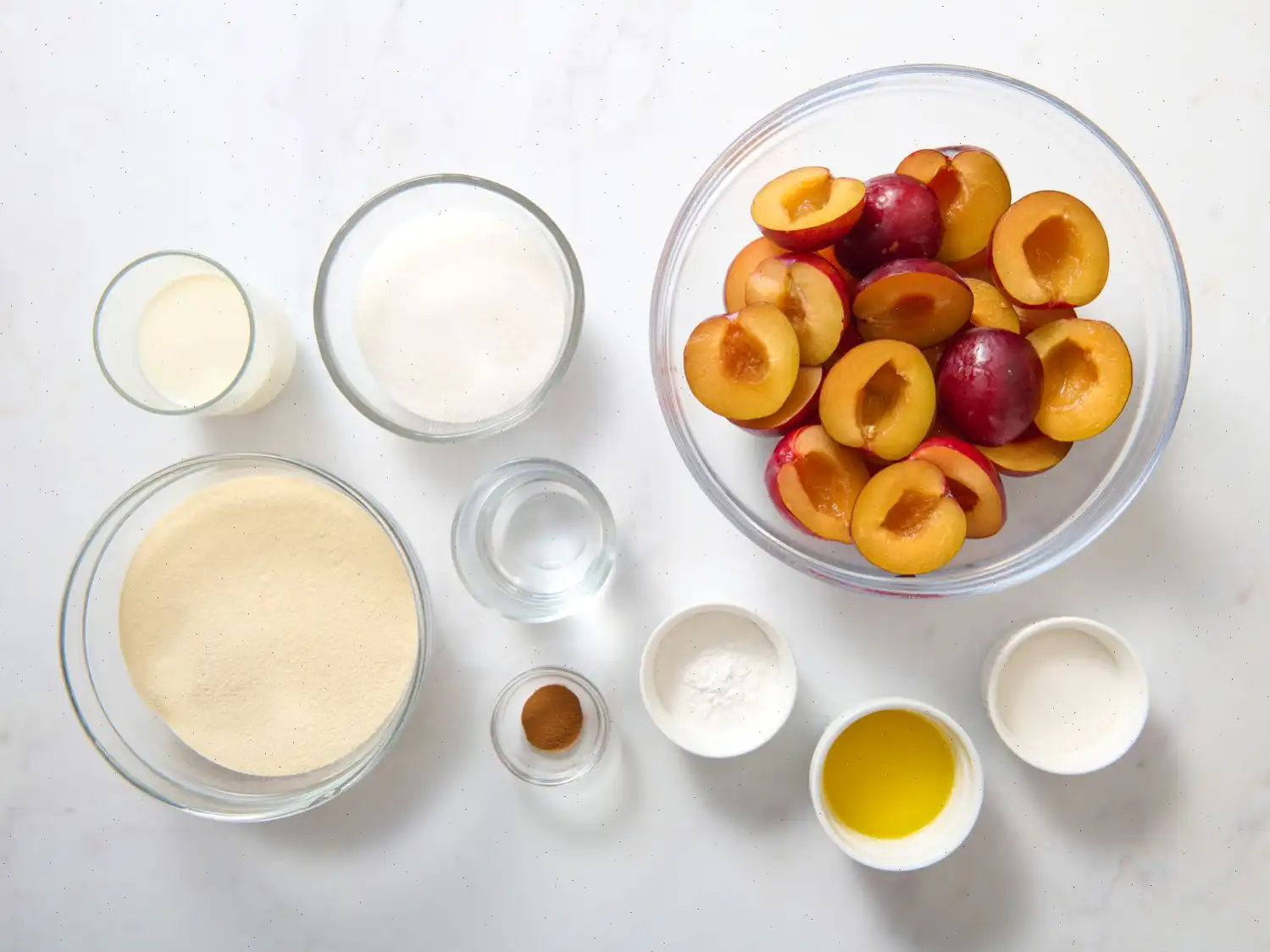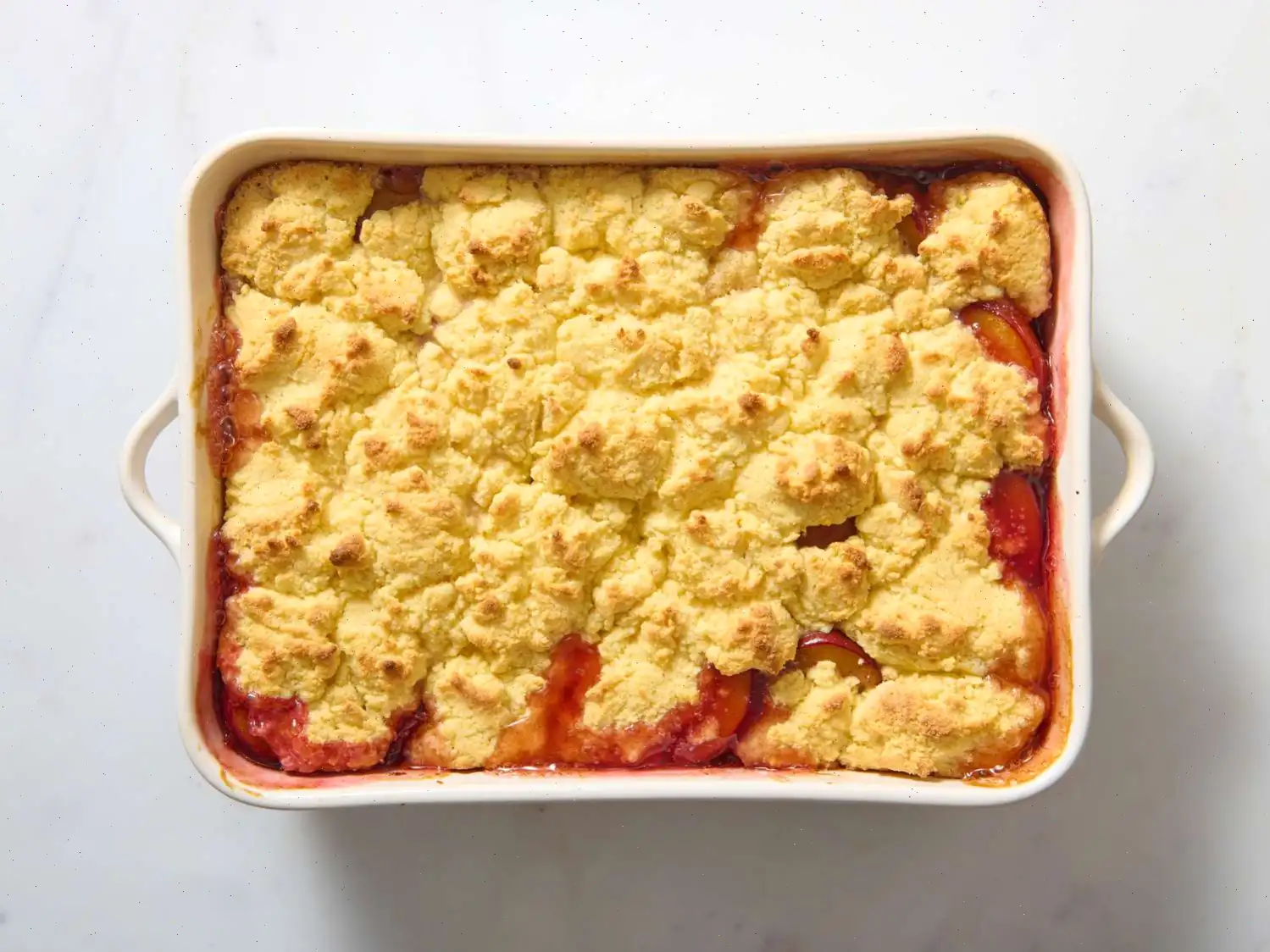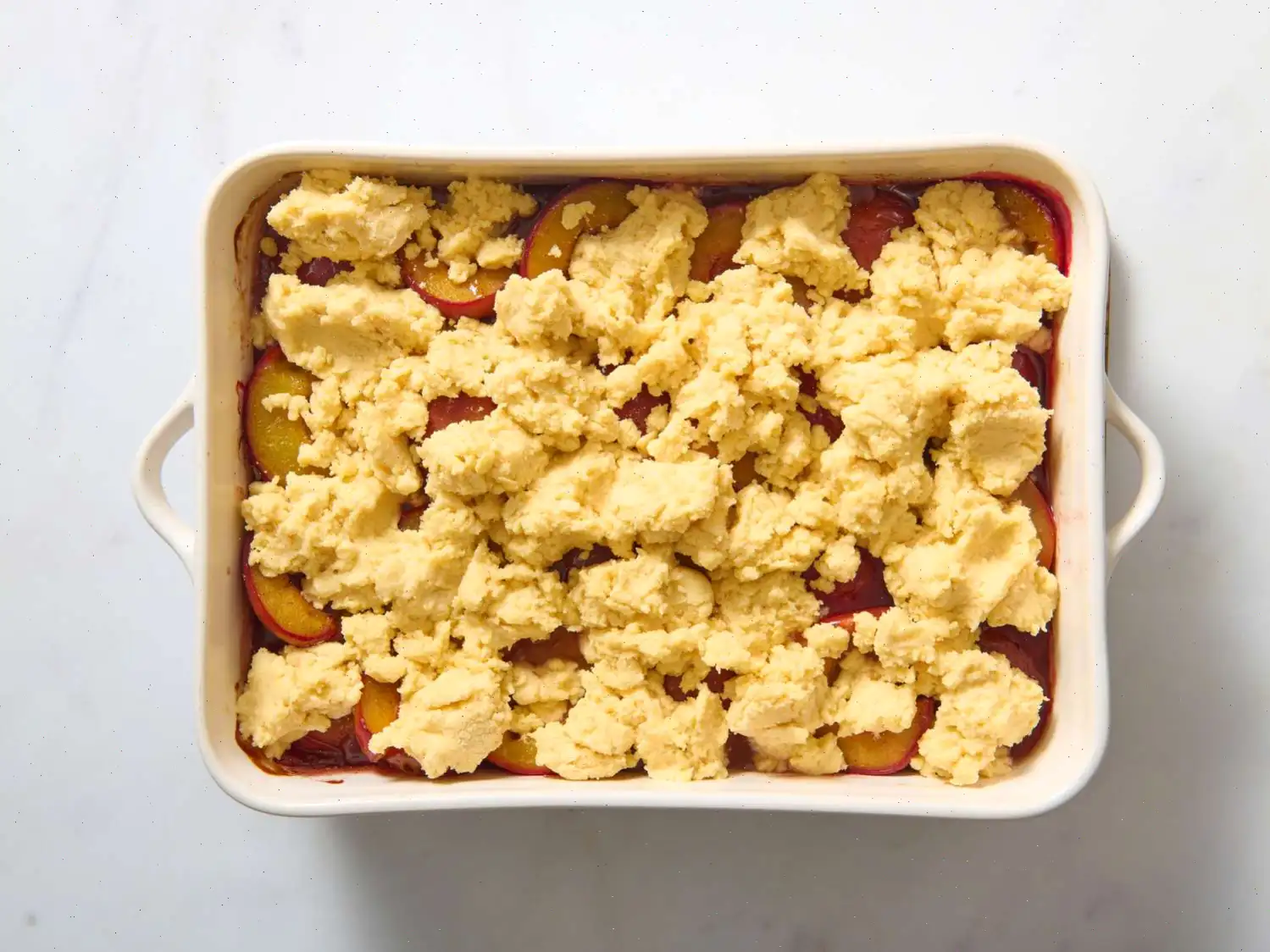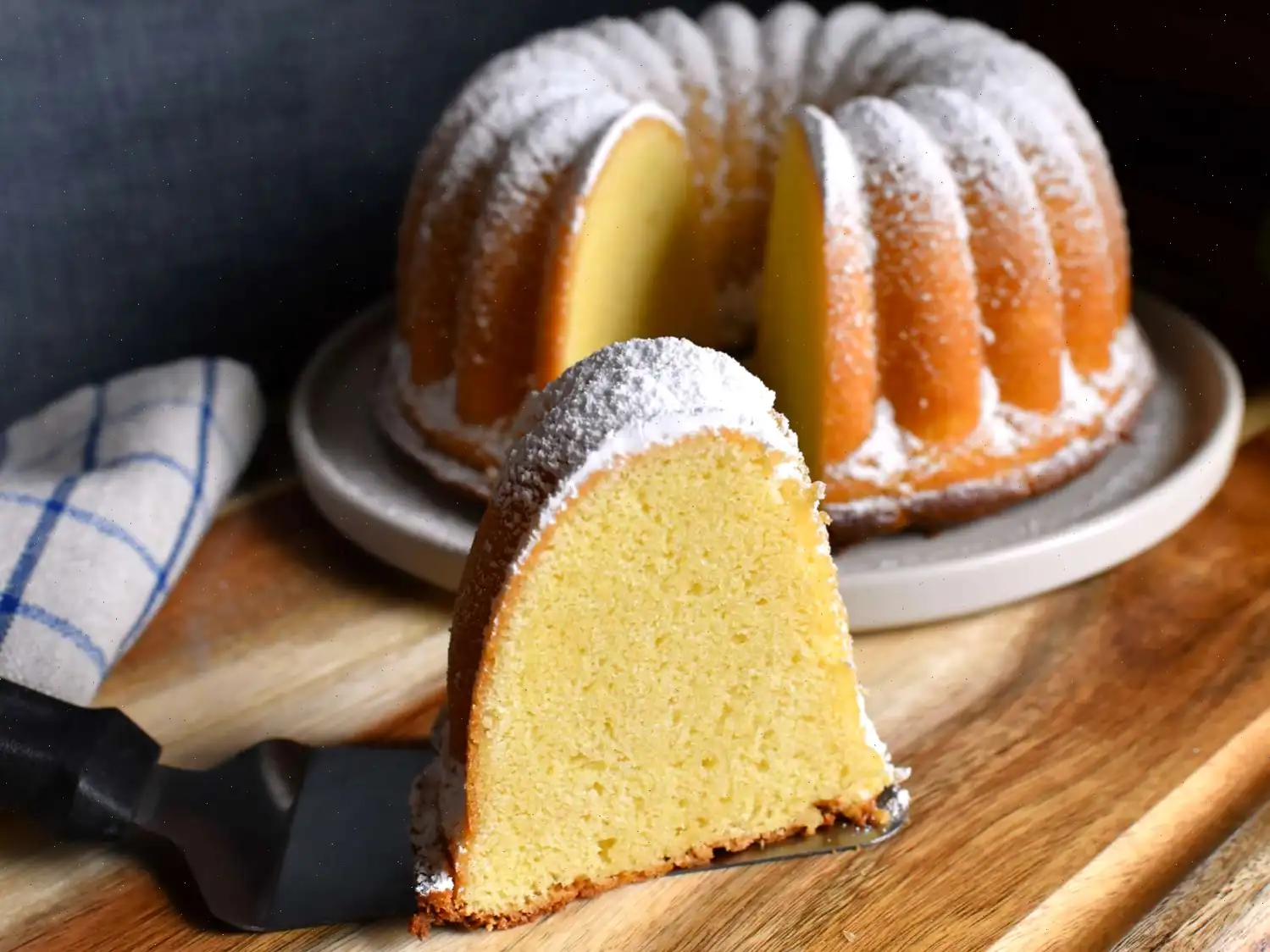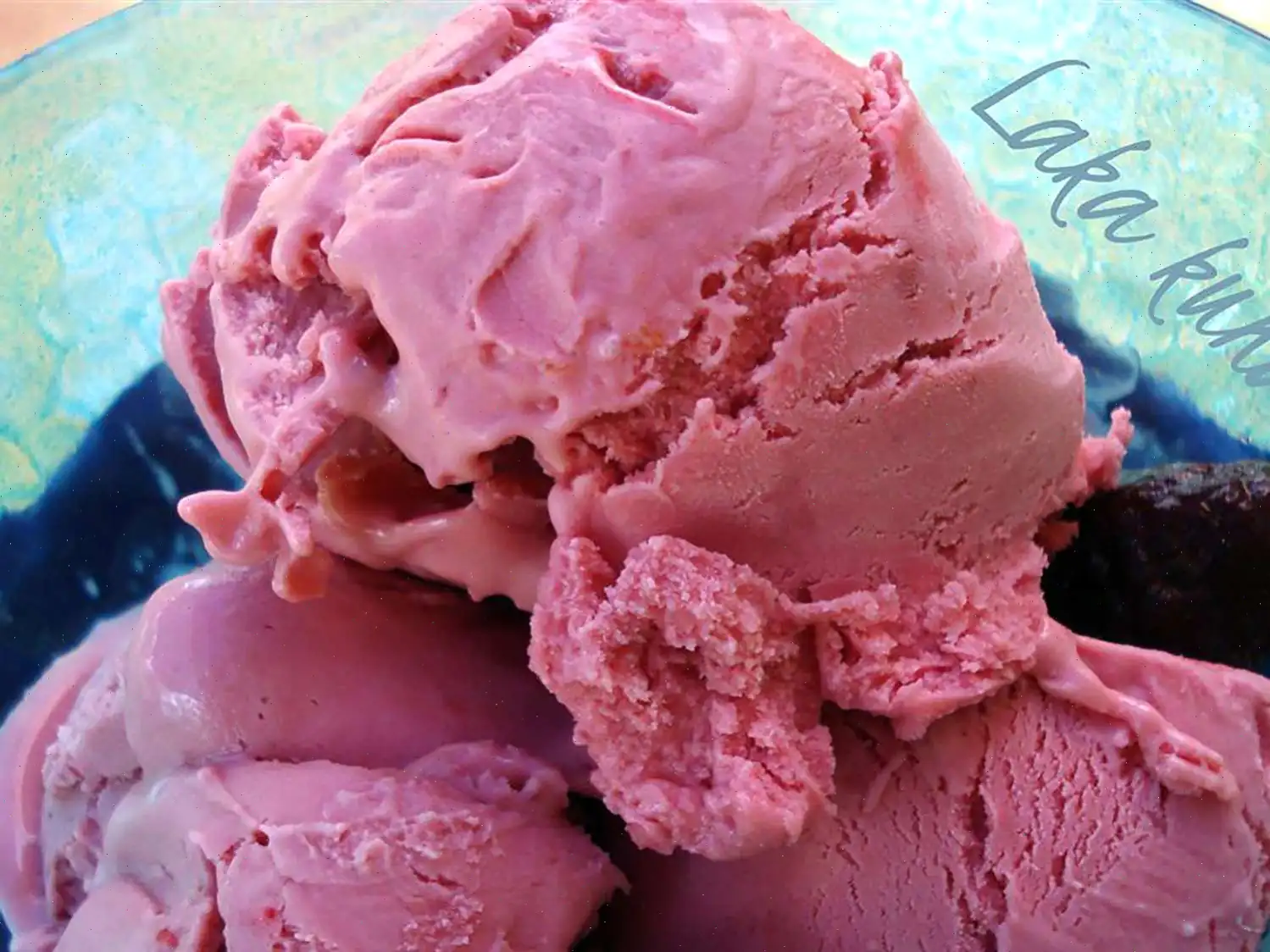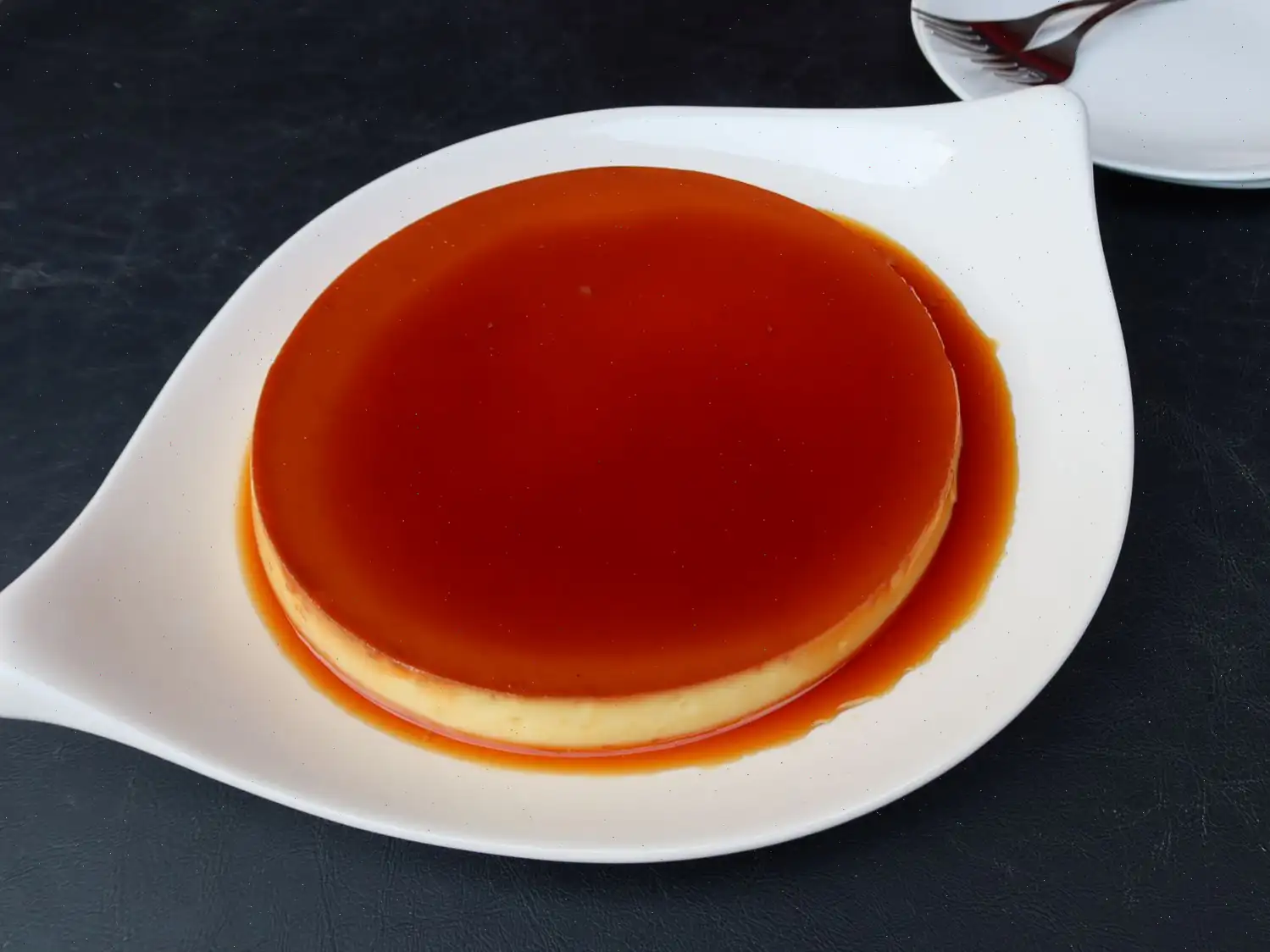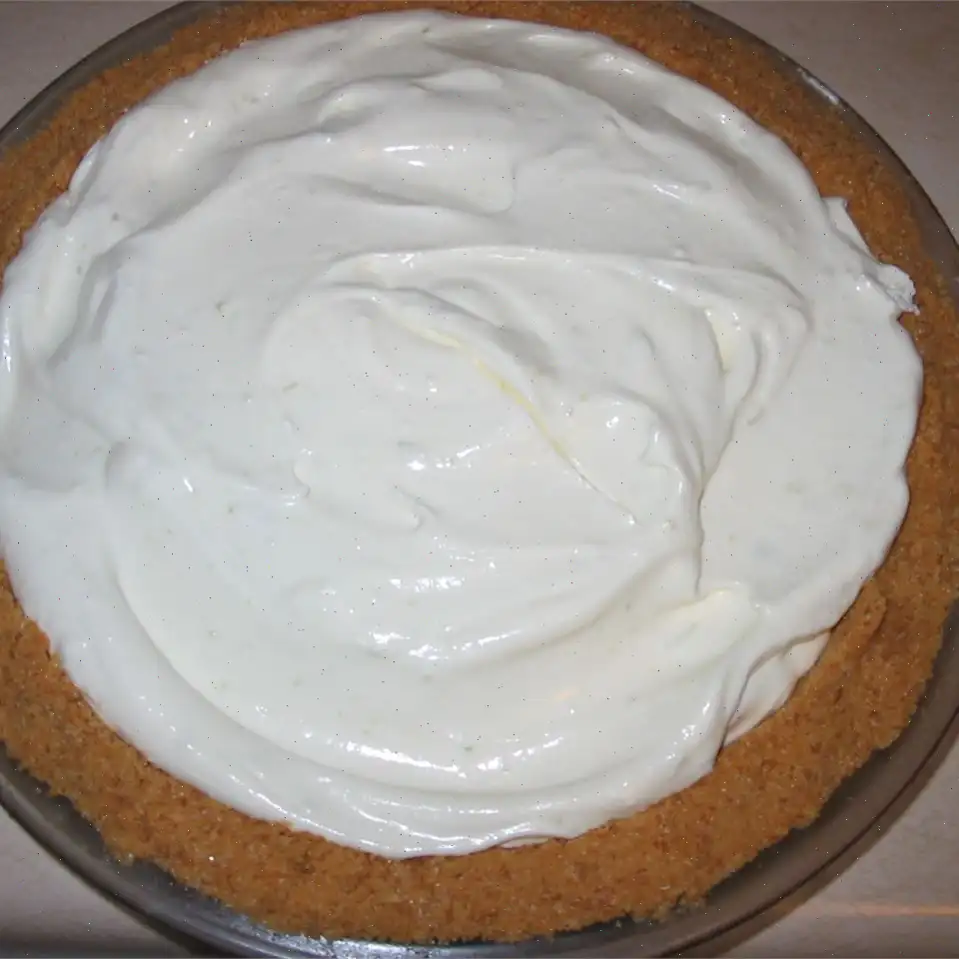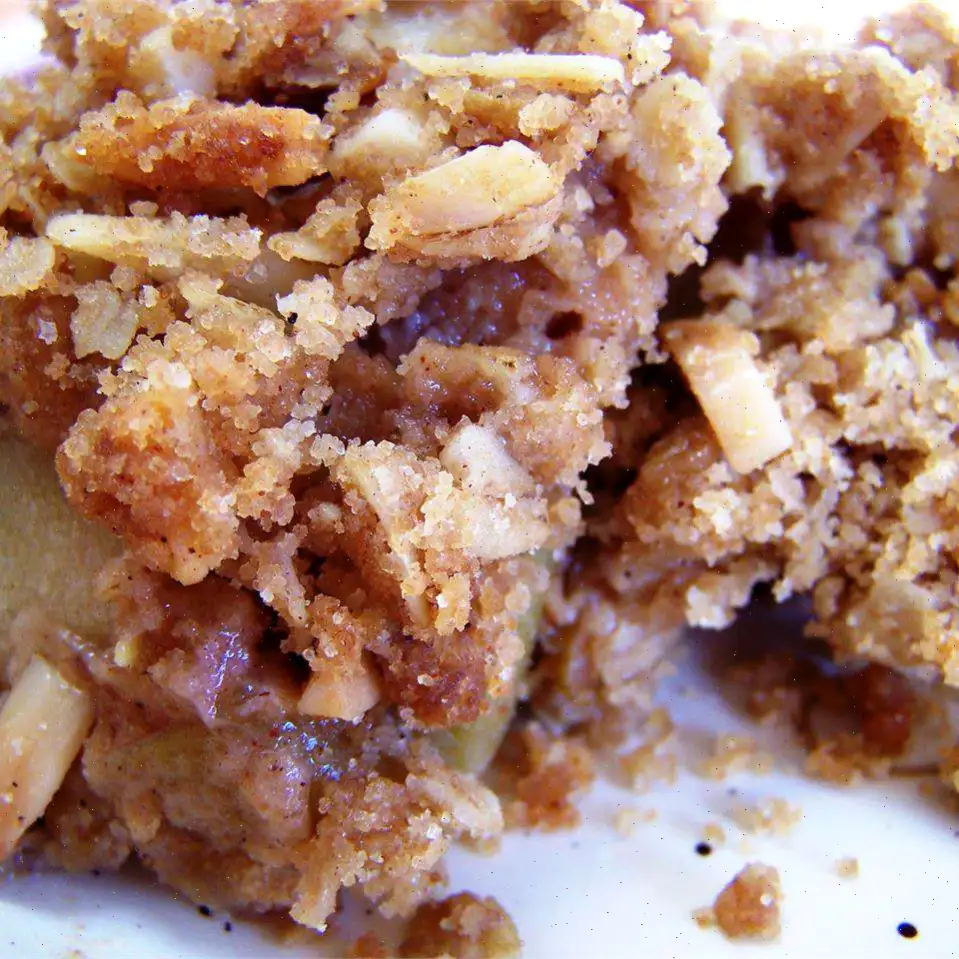
Plum Cobbler Recipe
Plum Cobbler
Ingredients
- 12 plums, pitted and halved
- 1 cup white sugar
- cup water
- 2 tablespoons tapioca
- teaspoon ground cinnamon
- 2 cups all-purpose baking mix
- 3 tablespoons white sugar
- cup milk
- 3 tablespoons butter, melted
Directions
Step 1: Preheat your oven to 350F (175C). Gather all your ingredients before starting the preparation.
Step 2: In a 2-quart baking dish, mix the plums, 1 cup of sugar, water, tapioca, and cinnamon. Once well combined, place the dish in the oven and bake for 25 minutes.
Step 3: After 25 minutes, remove the baking dish from the oven and set it aside to cool slightly.
Step 4: While the plum mixture cools, increase the oven temperature to 450F (230C). In a medium-sized bowl, combine the baking mix, 3 tablespoons of sugar, milk, and melted butter. Stir the mixture until a biscuit dough forms.
Step 5: Using a spoon, drop the biscuit dough in spoonfuls over the pre-baked plum mixture.
Step 6: Return the dish to the oven and bake for an additional 10 minutes, or until the biscuit topping turns golden brown.
Step 7: Let the cobbler cool slightly before serving. Enjoy!
Nutrition Facts
Servings Per Recipe: 6
Calories: 468
| Nutrition Item | Amount per Serving | % Daily Value |
|---|---|---|
| Total Fat | 13g | 17% |
| Saturated Fat | 3g | 16% |
| Cholesterol | 2mg | 1% |
| Sodium | 641mg | 28% |
| Total Carbohydrate | 86g | 31% |
| Dietary Fiber | 3g | 10% |
| Total Sugars | 55g | |
| Protein | 5g | 10% |
| Vitamin C | 13mg | 14% |
| Calcium | 113mg | 9% |
| Iron | 2mg | 11% |
| Potassium | 310mg | 7% |
* Percent Daily Values are based on a 2,000 calorie diet. Your daily values may be higher or lower depending on your calorie needs.
** Nutrient information is not available for all ingredients. Amount is based on available nutrient data.
If you are following a medically restrictive diet, please consult your doctor or registered dietitian before preparing this recipe for personal consumption.

The Plum Cobbler is a beloved dessert in many homes, offering a combination of sweet, tangy, and warm flavors. This dessert is made with fresh plums, sugar, and a biscuit-like dough topping, creating a satisfying, aromatic treat. Whether served as an after-dinner dessert or at a family gathering, this dish has won the hearts of many with its delicious simplicity and nostalgic charm.
History and Origin
The origins of cobblers can be traced back to colonial America. The dish became popular during the 19th century as settlers adapted European fruit desserts to local ingredients. Cobblers are thought to have evolved from English puddings, with the topping initially made of biscuit dough or scone-like batter, resembling a "cobbled" surface. Though many variations of cobbler exist, fruit-based versions like plum cobbler have been a favorite in American homes for generations, with regional differences in the choice of fruits, dough consistency, and preparation methods. The use of plums in particular became common in areas where this stone fruit flourished, including the American Midwest and the Pacific Northwest.
Regional Variations
While the basic concept of a cobbler is consistent, regional variations abound, particularly in the United States. In the Southern states, for example, cobblers often feature a slightly thicker, more biscuit-like topping. In contrast, Northern cobblers may have a more cake-like texture. When it comes to the filling, the fruit is often varied based on whats locally available. Plums, peaches, and blackberries are particularly common, with each offering a different balance of sweetness and tartness. In some regions, cobblers are also made with a sponge-cake layer that absorbs the fruit juices, giving the dessert a unique texture.
How It Differs from Similar Dishes
Plum cobbler is sometimes confused with similar desserts like crumbles and crisps, but there are key differences. The main distinction lies in the topping: a cobbler typically has a biscuit-like or dough-based topping, while crumbles and crisps are topped with a streusel-like mixture of butter, sugar, and flour. Additionally, cobblers tend to have a denser topping, giving them a heartier texture compared to the lighter, crumbly nature of crisps. Another similar dish is the cobblers cousin, the buckle, which combines fruit and cake batter for a different, more moist result. The use of tapioca in plum cobbler, which helps thicken the filling, is also a unique touch that sets it apart from other fruit desserts.
Where Its Typically Served
Plum cobbler is a versatile dessert that can be served in various settings. Its a popular choice for family gatherings, potlucks, and barbecues, thanks to its simple yet delicious flavor profile. Many people enjoy it as a comforting treat after dinner, especially when paired with a scoop of vanilla ice cream or a dollop of whipped cream. In some regions, cobbler is also served as a breakfast item or a sweet snack, especially when fresh fruit is in season. Its often made during summer and fall, when plums and other stone fruits are at their peak. This dessert is particularly favored in the United States but can be found in variations across the world.
Interesting Facts
1. The name "cobbler" is thought to come from the term "cobble," which refers to the rough, uneven texture of the biscuit topping.
2. Plums, used in this cobbler, are packed with antioxidants, vitamins, and fiber, making this dessert a slightly healthier option compared to others.
3. Cobblers are believed to be a result of resourcefulness. Early American settlers used what they had on hand, including fruit and simple ingredients like flour and butter, to create a satisfying, easy-to-make dessert.
4. While plum cobbler is a quintessentially American dessert, the concept of cobblers exists in many countries, often made with local fruits such as apples, peaches, or berries.
5. Though traditionally served warm, plum cobbler can also be enjoyed cold the next day. Some people even claim that it tastes better the next day after the flavors have had time to meld together.
Conclusion
Plum cobbler is more than just a dessert; its a nostalgic reminder of homemade comfort and family traditions. With its simple ingredients and delightful flavor, this cobbler is a perfect way to celebrate the seasonal bounty of plums. Whether served at a family dinner, a holiday feast, or simply as a treat on a cozy evening, plum cobbler continues to bring warmth and joy to any occasion.
FAQ about Plum Cobbler Recipe
Comments
Anna Wright
01/09/2025 03:08:36 PM
Delightful! Reminiscent of a plum cobbler rather than a pudding. Just a heads up: the dough topping remained slightly undercooked in the center after baking for only 10 minutes at the end. To ensure thorough baking, I would suggest lowering the temperature and extending the topping bake time to 18-20 minutes. Aside from that small hiccup, this dessert was a big success and the taste was superb. Definitely planning to recreate it!
Patricia Smith
08/30/2024 05:26:38 AM
This dish was absolutely delicious with just the right amount of sweetness. I especially enjoyed the cinnamon flavor and the generous portion of biscuit dough topping - my favorite part!
Gary Allen
05/04/2025 08:31:09 AM
I followed the recipe as stated and it turned out absolutely delicious! The plum filling had a perfect balance of tartness and sweetness, and the dough added a subtle saltiness. A fantastic way to make use of extra plums.
Melissa Martinez
01/25/2024 06:13:33 AM
It was an amazing experience and incredibly gooey. It brought back memories of my high school chemistry class! I highly recommend cooking it for just 35 seconds to avoid burning.
Jessica Perez
08/10/2024 03:50:27 AM
I doubled the fruit batter for this recipe. After reading a review that mentioned it was quite sweet, I decided to use 1 1/2 cups of sugar instead of the recommended two. In hindsight, I would use even less sugar next time. I also think I would reduce the amount of water in the batter. Additionally, I baked the topping for 18 minutes instead of the suggested 10. I brought the dish to a church potluck, and it was a hit – there was only a small amount left, which ended up being taken home by someone who missed out on trying it at the event!
Raymond Parker
04/09/2023 01:02:23 PM
I recently tried the "All purpose baking mix" for the first time and experimented with a recipe using flour, baking powder, oat milk, avocado oil, and egg whites. I adjusted the ingredients to suit my preferences and the end result was delicious. I made some changes to the original recipe, such as cutting up the plums and breaking the dough into smaller pieces. Next time, I would use less sugar with the plums and sprinkle some cinnamon sugar on top before baking. Overall, the dish turned out well, although I may not be able to replicate the exact "baking mix" used in the future.
Margaret Lee
08/14/2023 09:39:48 AM
Wonderful recipe! The only adjustment I made was to remove the majority of the plum peels after they were cooked.
Nathan Rodriguez
12/13/2022 03:21:35 AM
Great and tasty!!
Samantha Flores
07/28/2024 09:47:59 PM
I used the entire amount of sugar and also added half a can of peaches in juice because I adore the way the flavors blend together.
Paul Phillips
03/08/2023 02:14:34 AM
The original recipe was alright, but I decided to make some adjustments that I believe greatly improved it, although the choice of plums may play a role. I opted for freshly picked red plums, which are incredibly juicy, so I omitted the water. I doubled the quantity of plums and halved the amount of dough. I also cooked the plums for a bit longer until they were bubbling consistently. When I followed the original instructions, the dessert had too much dough and lacked plum flavor. However, with my modifications, I would definitely give it a five-star rating.


